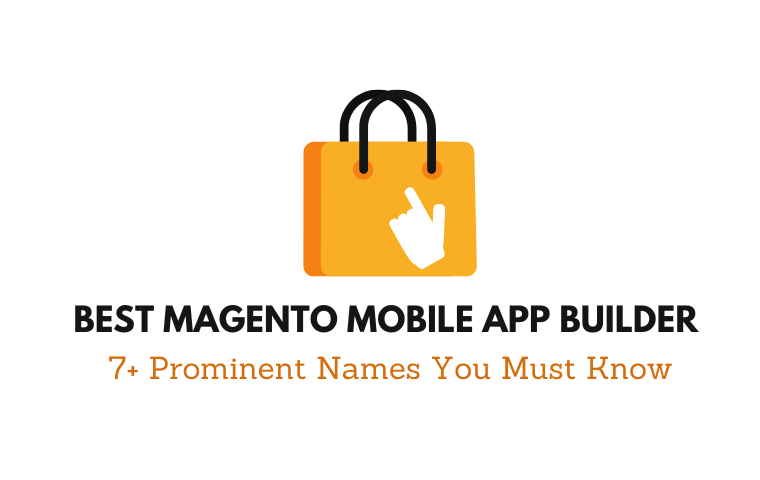Are you running a Magento store and want to make it SEO friendly? If yes, this blog contains five easy steps that every Magento owner should follow to make their e-store SEO friendly. Check-out these five steps and share your views.
Latest Update: We’ve just released the version 2.0 of Claue Multipurpose Magento 2 Theme, with with a bunch of performance improvements and exclusive features. Check this theme out now: Claue Magento Theme 2. 0
Claue – Clean, Minimal Magento 2&1 Theme is an excellent template for a modern and clean eCommerce store with 40+ homepage layouts and tons of options for shop, blog, portfolio, store locator layouts and other useful pages. Claue version 2. 0 comes with a bunch of exclusive features including:
- Being based on Luma theme.
- Meet all standards of Magento Theme
- Significant performance improvement
- Compatible with most third-party extensions.
- Fully compatible with Magento 2.4.x
This second advanced version completely differentiates from its previous one. Thus, if you are using Claue version 1 and want to update to Claue version 2, you can only rebuild a new website no rather than updating from the old version. Now, let’s get back the main topic.
Today, Magento is an incredibly most popular eCommerce platform that can be used for developing a highly interactive and advanced e-store to sell a range of products.
However, there are lots of eCommerce merchants, who think that Magento is suffering from a lack of default SEO optimizations. But there is no need to bother about it as there are lots of extensions and few tweaks that can optimize your storefront in order to become an SEO thrust.

If you are also looking to make your Magento store SEO friendly, here I have listed 5 simple steps that you can follow and make your e-store SEO friendly:
5 Simple Steps to Make Your Magento Store SEO Friendly
Make Sure to Optimize Page Titles
When users are performing a Google search and reading the results, the title of your page is the first thing that users are noticing. For getting maximum utility, you should optimize the each title on your page.
You can also avoid front-loading your brand name. And as we all know that Google is only showing your title’s first 67 characters in the search results. And if there is any title beyond that, it will be cut off. Remember to optimize the page titles of all the content pages, category list pages and other product pages as well.
Create a Sitemap
When it comes to talk about the best advantage of Magento for SEO, it is the automatic generation of an XML sitemap. Magento merchants can easily customize their XML sitemap in a different ways in the system, Google sitemap menu and configuration.
Moreover, you can also set the page to automatically refresh various parts of your sitemap. There are some category pages that change often as you adjust your stock, can be set to automatically regenerate on a daily basis.
Remember to Optimize Meta Descriptions
Now-a-days, Meta descriptions are playing very big role as these are the rich text snippets. These are appearing under the title in a Google search, so it is important to optimize these descriptions. Meta descriptions have more space to work with as these descriptions have up to 255 characters.
Moreover, Meta descriptions are wonderful places where including big keywords and an organic description of your product easily possible.
>>> Read more : optimize heading tags
For Multiple Store, Use Caution
If you are running a multiple store-front with the similar product listing or making use of same inventory, it is essential for you to watch-out for duplicate content as it can create problems. Ensure that you change-up the title and Meta description field so that you will not create identical text for various stores. However, the same goes for page content such as product descriptions.
Optimizations of Other URLs
With and without the /, a web browser will parse the same URL, but only a search engine can see differences in the URL and record them as two individual pages. When it comes to fixing this, users need to visit the System, configuration, web, SEO page and inform the platform to power a trailing slash onto the end of the URL. It guarantees all the URLs comprise the trailing slash.
So, these are the five steps to follow to make your Magento e-store SEO friendly. Above mentioned five steps are highly easy to follow, so Magento merchants should follow these steps in order to make their store SEO friendly. Moreover, they can also contact Magento professionals or developers to get complete support on Magento development services. Get more information from Here



